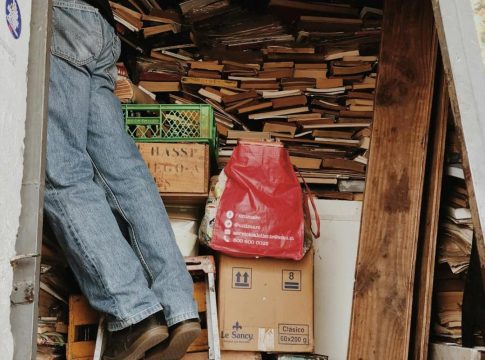Understanding Compulsive Hoarding: A Call for Compassion and Empathy
Compulsive hoarding is a mental health condition that often goes unrecognized and misunderstood. Research indicates that individuals who suffer from this disorder frequently encounter stigma and perceive their living environments as unsafe or chaotic. By raising awareness and fostering empathy, we can better support those affected by hoarding behaviors.
The Experience of Hoarders
Recent studies reveal that individuals with hoarding disorder perceive higher levels of social and physical disorder in their neighborhoods compared to those without the disorder. They also report experiencing daily discrimination, which contributes significantly to their overall community experience. This is important to understand: the challenge of hoarding is not solely about accumulating belongings; it’s also about the social and emotional implications that accompany the condition.
Stigma and Isolation
People grappling with hoarding often face social isolation, which can intensify feelings of loneliness and shame. The stigma attached to hoarding can deter individuals from seeking help, perpetuating a cycle of distress. Understanding that hoarding behaviors often stem from deeper issues—such as past trauma or significant life stressors—can foster empathy. Treatment can be more effective when community members, friends, and professionals offer support rather than judgment.
The Impact of Hoarding
Hoarding disorder can lead to significant functional impairment. In severe cases, it may result in health risks such as injuries, pest infestations, and even the possibility of losing housing. Individuals often hesitate to express their struggles for fear of judgment, making it crucial for us to approach the subject with compassion.
Effective Treatments
Cognitive Behavioral Therapy (CBT) is currently the most recommended treatment for hoarding disorder. This therapy aims to help individuals:
- Challenge harmful beliefs about possessions
- Gradually discard items
- Develop decision-making and categorization skills
Studies suggest that many patients report improvements after participating in CBT, yet treatment acceptance remains a barrier. It’s vital to create supportive environments where individuals feel safe to seek help.
Building Empathy in Our Communities
Understanding the complex relationship between hoarding and community perception is essential. When we educate ourselves and foster compassion, we create spaces where individuals feel heard and supported. Encouraging conversations about hoarding can dismantle stigma and promote acceptance.
Practical Steps for Support
- Listen without Judgment: If someone you know struggles with hoarding, offer a kind ear. Let them share their experiences without fear of criticism.
- Encourage Professional Help: Suggest therapy or counseling in a gentle manner, emphasizing that seeking help is a strength, not a weakness.
- Promote Community Awareness: Engage in community education initiatives that inform others about hoarding disorder and its impacts.
In conclusion, addressing hoarding disorder requires a multifaceted approach rooted in empathy and understanding. By recognizing the complexities associated with this condition, we not only aid those who experience hoarding but also enrich our communities as a whole. Together, we can foster an atmosphere of compassion that encourages healing and connection.

Covers wellness, nutrition, mental health, and daily life tips.
Bio: Talia brings a background in health journalism and holistic living to help readers live better, one tip at a time.

